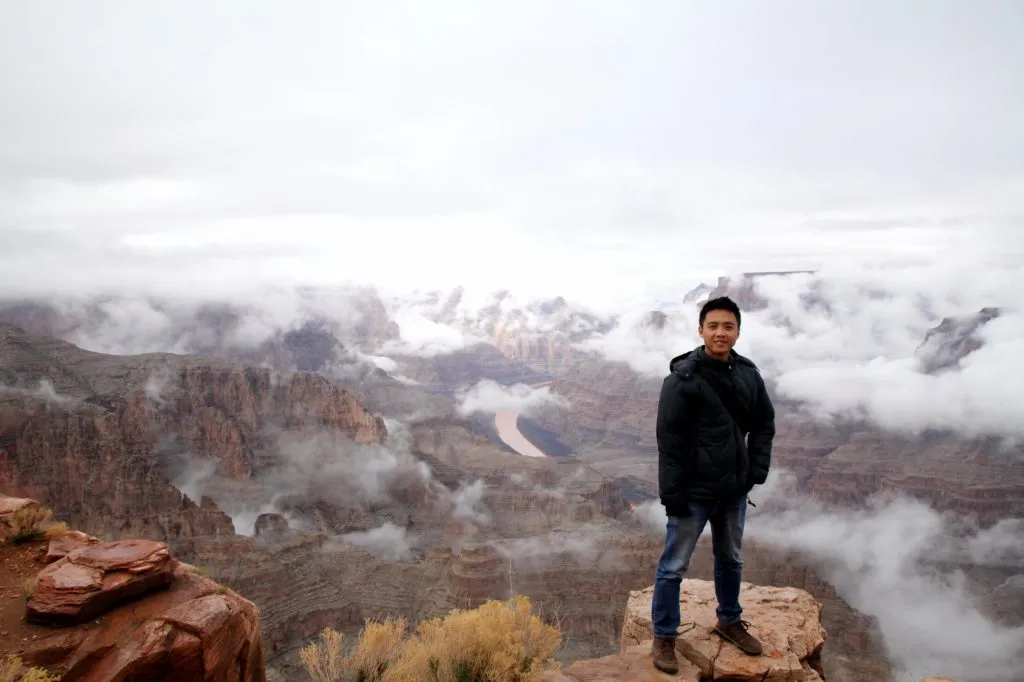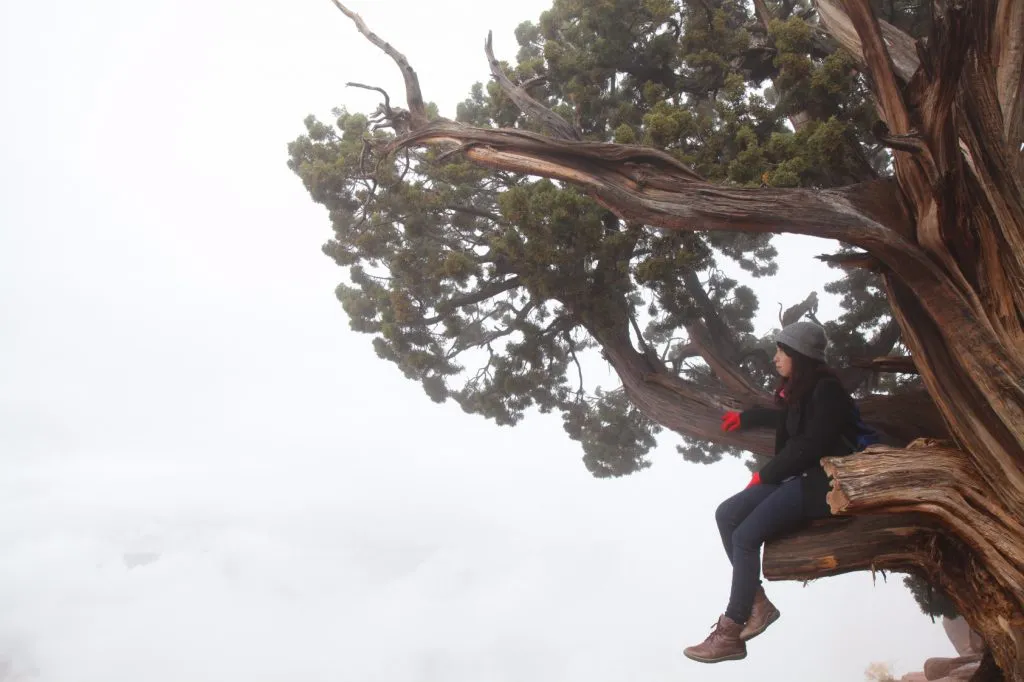Arizona, famed for the majestic Grand Canyon, isn’t just a haven for adventure travelers and nature enthusiasts, but also one of the best places in the world for meteor shower viewing. With its clear night skies and minimal light pollution, Arizona offers incredible opportunities to witness spectacular meteor showers, creating unforgettable memories. Are you ready to embark on a journey to discover the magical beauty of the universe in Arizona?
Arizona: A Stargazing Paradise
Thanks to its favorable natural conditions, Arizona boasts numerous excellent stargazing locations, attracting visitors from around the globe. Here are some suggestions to help you fully enjoy this experience:
1. Grand Canyon: Meteor Shower Viewing Amidst a World Wonder
The Grand Canyon is not only a magnificent natural wonder by day, but also an ideal destination for meteor shower viewing at night. With its vast expanse and pitch-black night sky, you’ll have the chance to witness brilliant meteor streaks against the boundless celestial backdrop.

Meteor Shower Viewing Tips at the Grand Canyon:
- Timing: Choose moonless or new moon nights for the darkest skies, making it easier to spot meteors. Autumn and winter months generally offer dry weather and clear skies, perfect for stargazing.
- Location: Find secluded areas with minimal artificial light, such as Mather Point, Yavapai Point, or Desert View Point.
- Preparation:
- Flashlight: Use a red-light flashlight to preserve your night vision.
- Blanket or Chair: For comfortable lying or sitting while stargazing for extended periods.
- Binoculars or Telescope (optional): If you wish to observe celestial objects other than meteors.
- Star Map App: To help you orient yourself and identify constellations in the sky.
- Snacks and Drinks: To keep you energized throughout your stargazing session.
- Warm Clothing: Temperatures at the Grand Canyon can drop significantly at night, especially in winter.
2. Flagstaff: International Dark Sky City
Flagstaff was the first city in the world to be designated an “International Dark Sky City” due to its efforts to preserve the night sky. It’s home to Lowell Observatory, where astronomer Clyde Tombaugh discovered Pluto in 1930. In Flagstaff, you can not only enjoy meteor showers but also learn about astronomy and the universe.
Meteor Shower Viewing Locations in Flagstaff:
- Lowell Observatory: Participate in nighttime stargazing programs organized by the observatory for guided experiences and access to specialized equipment.
- Buffalo Park: A large area with minimal artificial light, ideal for viewing meteor showers and other astronomical phenomena.
- Walnut Canyon National Monument: A national monument with unique landscapes and stunning night skies.
3. Sedona: Spiritual Energy and Mystical Starry Skies
Sedona is renowned for its majestic red rock formations and powerful spiritual energy. It’s also an ideal destination for meteor shower viewing, with clear night skies and a serene atmosphere.
Meteor Shower Viewing Locations in Sedona:
- Airport Mesa: A hilltop offering panoramic views, allowing you to observe the entire night sky.
- Red Rock State Park: A state park with numerous hiking trails and scenic viewpoints.
- Devil’s Bridge: A unique natural rock bridge, creating a fantastic backdrop for meteor shower photography.
4. Other Areas in Arizona
Besides the locations above, you can also find other excellent meteor shower viewing spots in Arizona, such as:
- Kitt Peak National Observatory: A national observatory with numerous large telescopes, enabling you to observe distant celestial objects.
- Tonto National Forest: A vast national forest with numerous campsites and scenic viewpoints.
- Organ Pipe Cactus National Monument: A national monument with a unique desert ecosystem and pristine night skies.

Notable Meteor Showers in Arizona
For the best meteor shower viewing experience, it’s helpful to know the timing of major meteor showers throughout the year. Here are some notable meteor showers that you can observe in Arizona:
- Quadrantids (January): Typically peaks in early January, with up to 120 meteors per hour possible.
- Lyrids (April): Peaks around mid-April, with approximately 10-20 meteors per hour.
- Perseids (August): One of the largest and most famous meteor showers of the year, peaking in mid-August with up to 100 meteors per hour.
- Orionids (October): Peaks around late October, with approximately 20 meteors per hour.
- Geminids (December): Usually peaks in mid-December, with up to 120 meteors per hour possible.
Important Notes for Meteor Shower Viewing
- Safety: Always inform family or friends about your plans and go with at least one other person. Bring a fully charged cell phone and necessary communication devices.
- Weather: Check the weather forecast before heading out and dress appropriately. Avoid stargazing during rain, storms, or cloudy conditions.
- Respect the Environment: Do not litter, make excessive noise, or disturb wildlife. Adhere to the regulations of the national park or area you visit.
- Patience: Meteor shower viewing requires patience and time. Sometimes you have to wait quite a while to see a meteor streak.
- Enjoy: Relax, immerse yourself in nature, and appreciate the magical beauty of the universe.
Meteor shower viewing in Arizona is not just a recreational activity, but also a profound spiritual experience, helping you connect with the cosmos and explore the wonders of the world around us. Plan your trip today and prepare for an unforgettable night of meteor shower viewing in Arizona!